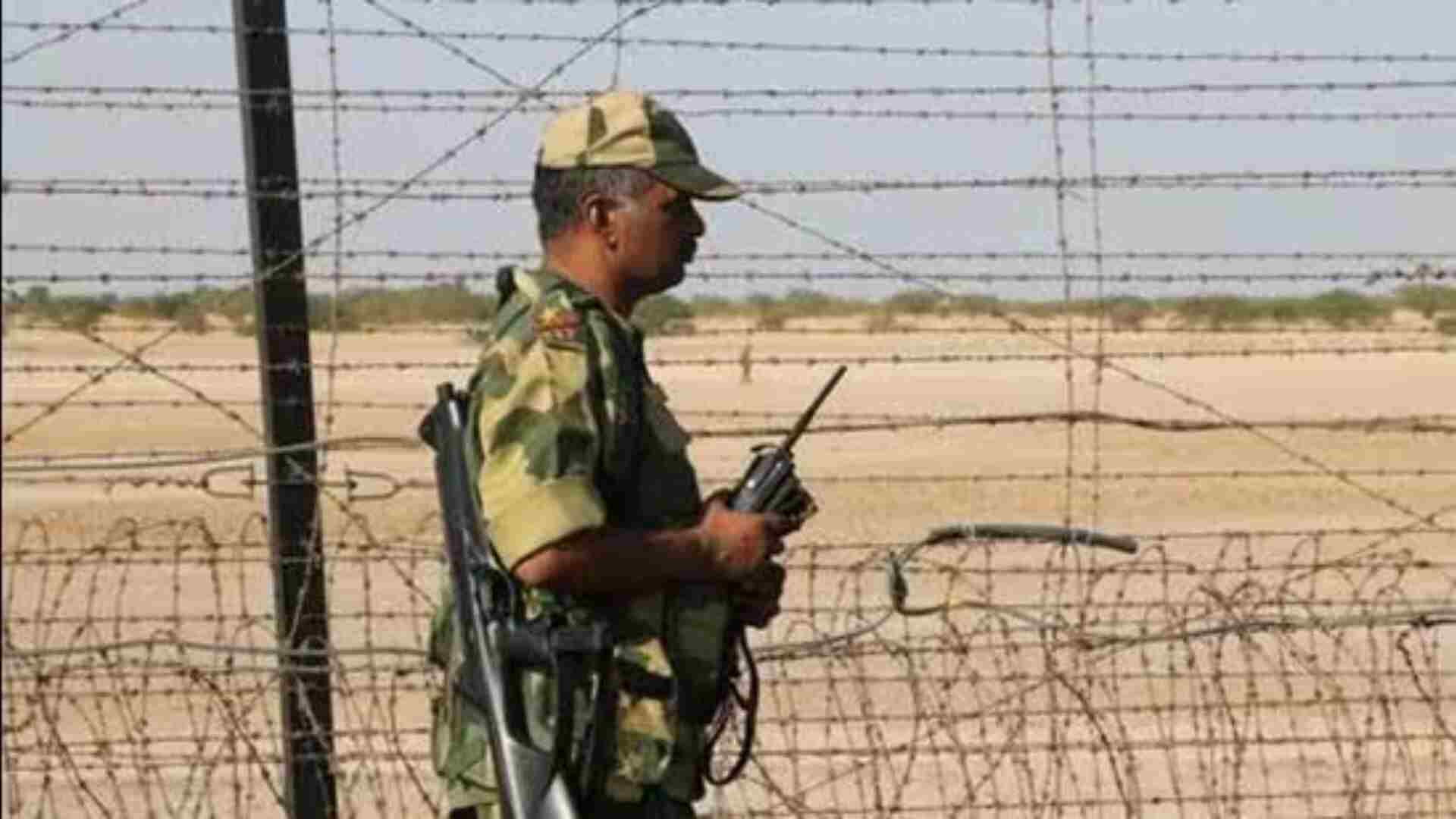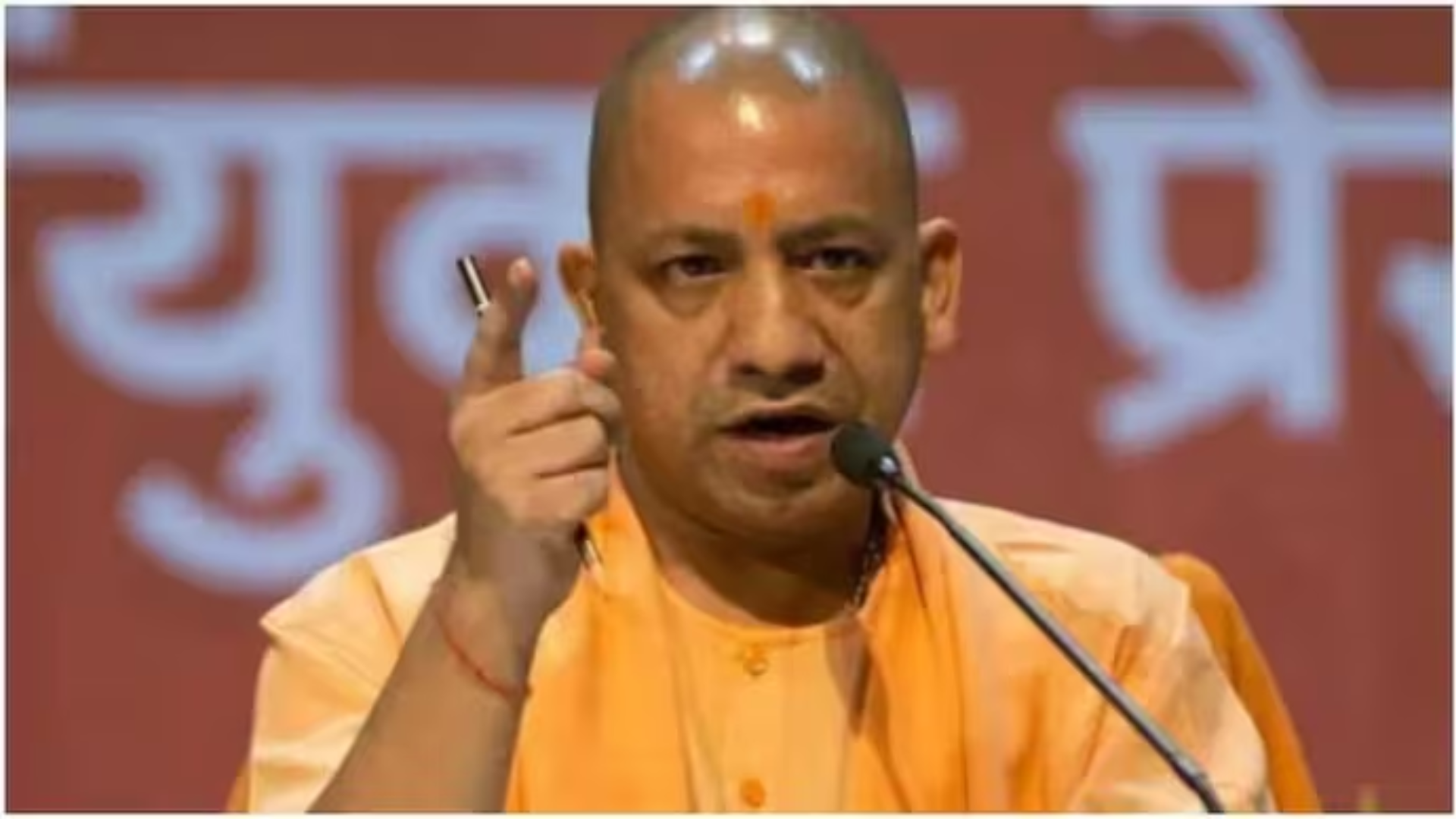Tensions are escalating along the Indo-Bangladesh border, particularly in the Ranghat region of West Bengal. The Kodalia river, which serves as a natural yet invisible boundary, has become a contentious issue as Bangladeshi Border Guards (BGB) adopt an increasingly combative stance.
Traditionally, the “zero line” in the river’s midsection has been respected by both nations. However, the BGB’s recent claims that the Kodalia river falls entirely within Bangladeshi territory have disrupted the fragile harmony. This assertion, refuted by Indian authorities, has caused unrest in Ranghat and other border villages.
Villagers describe growing unease, with increased patrolling and aggressive posturing from the BGB. Narayan Haldar, a local trader, shares how villagers are being cautioned against venturing too close to the river’s midpoint. “They now point rifles at us if we get too close,” he says.
The Kodalia river, shrouded in water hyacinths, has long been a hotspot for smugglers. Criminals use the dense vegetation as cover to smuggle goods and traffic people, exploiting the porous and unfenced border. Locals allege that the BGB supports these illegal activities, complicating the Border Security Force’s (BSF) efforts to maintain peace.
In recent incidents, the BGB even attempted to halt fencing work in Malda district, leading to heated standoffs. While villagers rallied in support of Indian authorities, the tension underscores a deeper issue. A BSF officer noted, “The BGB’s aggressive stance reflects growing instability in Bangladesh.”
As the situation evolves, cooperation between the two countries remains crucial to ensure the safety and stability of border communities. For now, vigilance and diplomacy are the only way forward.
ALSO READ: Uttar Pradesh CM Yogi Adityanath Calls For Heritage Reclamation, Hits Out At Waqf Board


















